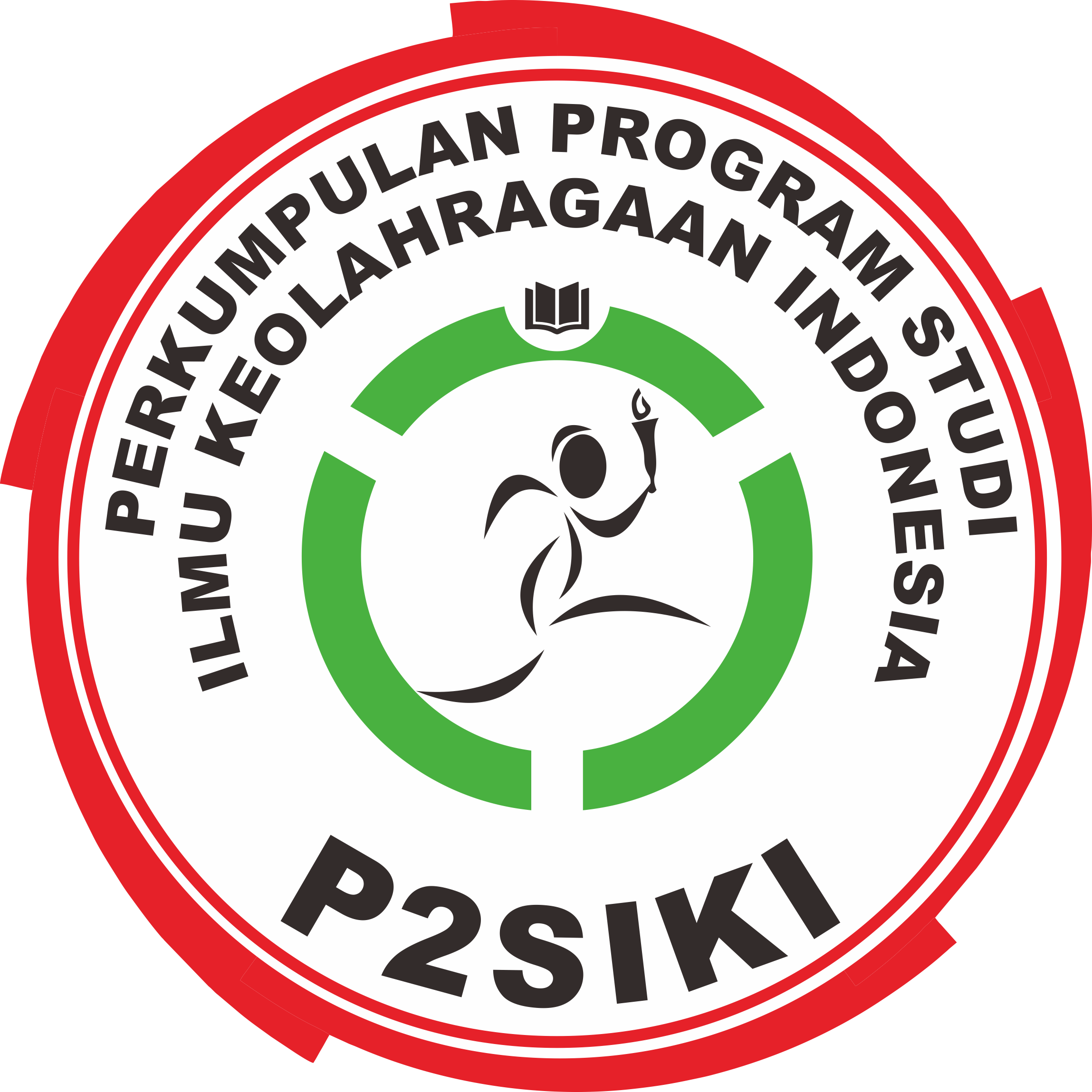Korelasi Antara Lompat Vertikal Dengan Performa Sprint 60 Meter Pada Atlet Taekwondo dan Karate
(1) Magister Ilmu Keolahragaan, Sekolah Farmasi Institut Teknologi Bandung
(2) Fakultas Ilmu Keolahragaan, Universitas Negeri Makassar
(3) Magister Ilmu Keolahragaan, Sekolah Farmasi Institut Teknologi Bandung
(4) Magister Ilmu Keolahragaan, Sekolah Farmasi Institut Teknologi Bandung
Abstract
Taekwondo dan Pencak silat merupaka dua contoh cabang olahraga seni bela diri yang saat ini sedang berkembang saat ini. Maka dari itu, tujuan daripada penelitian ini adalah untuk mengukur serta mengetahui korelasi antara performa lompat vertikal dengan sprint 60 meter pada atlet Taekwondo dan Pencak silat. Seluruh peserta, dibagi menjadi dua kelompok berdasarkan kecabangan mereka, yaitu kelompok Taekwondo (TKW), dan kelompok Pencak silat (PKS). Seluruh peserta diwajibkan untuk melakukan pemanasan secara statis dan dinamis selama minimal 15 menit. Setelah sesi pemanasan selesai, kelompok TKW memulai pertama untuk sesi pengukuran anthropometry, lompat vertikal, dan sprint. Kelompok PKS lebih unggul dalam melakukan performa loncatan, yaitu 57,33 (± 7,73) cm dibandingkan dengan kelompok TKW sebesar 55,78 (± 4,30) cm. Sedangkan untuk hasil sprint 60 meter, menunjukkan bahwa terdapat perbedaan yang signifikan antara sprint 60 meter antara kelompok TKW dan PKS (p = 0,007), dimana kelompok PKS (7,94 ± 0,15) detik lebih cepat dibandingkan dengan kelompok TKW (8,48 ± 0,49) detik. Hasil dalam penelitian ini, menunjukkan bahwa terdapat korelasi antara performa lompat vertikal dengan performa sprint 60 meter, pada atlet Takewondo dan Pencak silat.
Taekwondo and Pencak silat are two examples of martial arts sports that are currently being developed. Therefore, the purpose of this study was to measure and determine the correlation between vertical jump performance and 60 meter sprints in Taekwondo and Pencak silat athletes. All participants were divided into two groups based on their branches, namely the Taekwondo group (TKW) and the Pencak silat group (PKS). All participants are required to warm up statically and dynamically for at least 15 minutes. After the warm-up session was over, the TKW group started the first session for anthropometry measurement, vertical jump, and sprint. The PKS group was superior in jumping performance, 57.33 (± 7.73) cm compared to the TKW group of 55.78 (± 4.30) cm. As for the results of the 60 meter sprint, it shows that there were a significant difference between the 60 meter sprint between the TKW and PKS groups (p = 0.007), where the PKS group (7.94 ± 0.15) seconds is faster than the TKW group (8, 48 ± 0.49) seconds. The results in this study indicate that there were a correlation between vertical jump performance and 60 meter sprint performance, for Takewondo and Pencak silat athletes.
Keywords
Full Text:
PDFReferences
Apriantono, T., Herman, I., Winata, B., & Hasan, M. F. (2020). Differences of physiological characteristics of taekwondo junior players vs pencak silat junior players, 8(2), 9–15. https://doi.org/10.16926/par.2020.08.15
Aziz, A. R., Tan, B., & Teh, K. C. (2002). Physiological responses during matches and profile of elite pencak silat exponents. Journal of Sports Science and Medicine, 1(4), 147–155.
Bangsbo, J., Mohr, M., & Krustrup, P. (2006). Physical and metabolic demands of training and match-play in the elite football player. Journal of Sports Sciences, 24(7), 665–674. https://doi.org/10.1080/02640410500482529
Bridge, C. A., Ferreira Da Silva Santos, J., Chaabène, H., Pieter, W., & Franchini, E. (2014). Physical and physiological profiles of Taekwondo athletes. Sports Medicine, 44(6), 713–733. https://doi.org/10.1007/s40279-014-0159-9
Bui, H. T., Farinas, M. I., Fortin, A. M., Comtois, A. S., & Leone, M. (2015). Comparison and analysis of three different methods to evaluate vertical jump height. Clinical Physiology and Functional Imaging, 35(3), 203–209. https://doi.org/10.1111/cpf.12148
Ericksen, H. M., Gribble, P. A., Pfile, K. R., & Pietrosimone, B. G. (2013). Different modes of feedback and peak vertical ground reaction force during jump landing: A systematic review. Journal of Athletic Training, 48(5), 685–695. https://doi.org/10.4085/1062-6050-48.3.02
Haugen, T., Seiler, S., Sandbakk, Ø., & Tønnessen, E. (2019). The Training and Development of Elite Sprint Performance: an Integration of Scientific and Best Practice Literature. Sports Medicine - Open, 5(1). https://doi.org/10.1186/s40798-019-0221-0
López-Segovia, M., Marques, M. C., Van Den Tillaar, R., & González-Badillo, J. J. (2011). Relationships between vertical jump and full squat power outputs with sprint times in U21 soccer players. Journal of Human Kinetics, 30(1), 135–144. https://doi.org/10.2478/v10078-011-0081-2
Loturco, I., Pereira, L. A., Kobal, R., Kitamura, K., Cal Abad, C. C., Marques, G., … Nakamura, F. Y. (2017). Validity and Usability of a New System for Measuring and Monitoring Variations in Vertical Jump Performance. Journal of Strength and Conditioning Research, 31(9), 2579–2585. https://doi.org/10.1519/JSC.0000000000002086
Markovic, G. (2007). Does plyometric training improve vertical jump height? A meta-analytical review. British Journal of Sports Medicine, 41(6), 349–355. https://doi.org/10.1136/bjsm.2007.035113
Neal, W. E. N., Dalbo, V. J., Burgos, B., Pyne, D. B., & Scanlan, A. T. (2018). Power testing in basketball: Current practice and future recommendations. Journal of Strength and Conditioning Research (Vol. 32). https://doi.org/10.1519/jsc.0000000000002459
PAUL COMFORT, AL STEWART, L. B. A. B. C. (2014). RELATIONSHIPS BETWEEN STRENGTH, SPRINT, AND JUMP PERFORMANCE IN WELL-TRAINED YOUTH SOCCER PLAYERS, 28(1), 173–177.
Petrakos, G., Morin, J. B., & Egan, B. (2016). Resisted Sled Sprint Training to Improve Sprint Performance: A Systematic Review. Sports Medicine, 46(3), 381–400. https://doi.org/10.1007/s40279-015-0422-8
RodrÃguez-Rosell, D., Mora-Custodio, R., Franco-Márquez, F., Yáñez-GarcÃa, J. M., & González-Badillo, J. J. (2017). Traditional vs. Sport-specific vertical jump tests: Reliability, validity, and relationship with the legs strength and sprint performance in adult and teen soccer and basketball players. Journal of Strength and Conditioning Research (Vol. 31). https://doi.org/10.1519/JSC.0000000000001476
Stanton, R., Kean, C. O., & Scanlan, A. T. (2015). My Jump for vertical jump assessment. British Journal of Sports Medicine, 49(17), 1157–1158. https://doi.org/10.1136/bjsports-2015-094831
Stojanović, E., Ristić, V., McMaster, D. T., & Milanović, Z. (2017). Effect of Plyometric Training on Vertical Jump Performance in Female Athletes: A Systematic Review and Meta-Analysis. Sports Medicine, 47(5), 975–986. https://doi.org/10.1007/s40279-016-0634-6
Thomas, R. E., Thomas, B. C., & Vaska, M. M. (2017). Injuries in taekwando: systematic review. Physician and Sportsmedicine, 45(4), 372–390. https://doi.org/10.1080/00913847.2017.1369193
Refbacks
- There are currently no refbacks.
Published by:
Department of Sport Science, Universitas Negeri Semarang
Gd. F1 Lt. 1 FIK-UNNES, Jalan Raya Sekaran Gunungpati Semarang Indonesia 50229, Telp/Fax: (024) 8508007
This work is licensed under a Creative Commons Attribution 4.0 International License.




